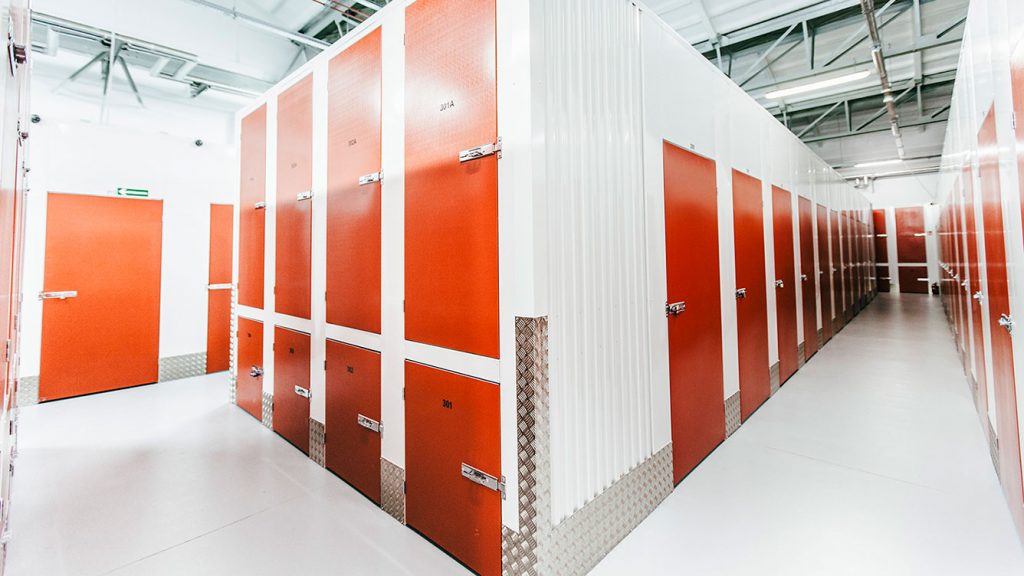Injection molding or injection molding is one of the staple manufacturing processes used in the manufacturing industry today. In fact, most of the popular electronic gadgets like smartphones, cameras, and RC quadcopters were made using this process. Although this process has been used by different industries for a long time, its effectiveness and reliability are not tarnished. This process is responsible for manufacturing different products including plastic containers, automotive parts, airplane parts, toys, plastic casings (remote controls, cell phones, etc.), plastic tables and chairs, plastic utensils, among many more. Virtually any plastic material that consumers use on a day-to-day basis is manufactured using this process.
Despite the common use of this process in the manufacturing industry, its definition and background are quite alien to people not involved in the industry. Hence, in order to fully understand the benefits and importance of this manufacturing process, it is essential to clearly define it and explain how it works.
The book “Manufacturing Processes Reference Guide” authored by Robert Todd, Dell Allen, and Leo Alting gives a concise definition of injection molding. According to said book, this process “is a shaping process in which thermoplastic material is fed into a heated barrel, mixed, and forced into a mold cavity. Injection molding is used to produce more thermoplastic products than any other process. In some circumstances, thermoset plastics can also be used with injection molding.”
Based on the mentioned definition, injection molding is used to produce quite complicated and intricate designs for thermoplastic materials. As it is, the work of the mold maker or toolmaker plays a very important role in the process. The molds or tool they design and create is vital for the whole process as it is used to configure the shape of the materials fed into it. Basically, the molds are the ones used by the manufacturers to produce unique and intricate designs of the thermoplastics.
Injection molding has definitive and particular characteristics. The mentioned book also described these characteristics, which include:
- Utilizes a ram or screw-type plunger to force molten plastic material into a cavity mold
- Produces a solid or open-ended shape conforming to the cavity mold
- Uses thermoplastic or thermoset materials
- Produces a parting line and sprue and gate marks
- Ejector pin marks are usually present
Industry historians believe that the roots of the process can be traced back to 1847. Historical accounts contend that Jons Jacob Berzelius produced the first condensation polymer, polyester, using glycerin and tartaric acid. This paved the way to modern day manufacturing processes including injection molding. Over the years, this process had seen so much improvement as manufacturing companies invested in research on how to develop technology and how to use it for manufacturing activities.
Today, many industries are using this process to cope with the demand of the market. Almost all of children’s toys including action figures, RC quadcopters, toy soldiers, model cars, building blocks, playhouses, and many more are manufactured through injection molding. Certain plastic car parts are also made with the aid of this manufacturing process. Many household and essential day-to-day items like toothbrush, comb, plastic spoon and fork, plastic plates, among many more are produced via this process. Electronic gadgets could not also survive in production without the help of injection molding. Plastic casings of smartphones, tablet computers, computer monitors and music players, keyboard, computer mouse, gaming consoles and controllers, are all made with this process.
Thanks to injection molding, many items we use on a daily basis are produced and manufactured. Without this manufacturing process, many items of today may be difficult to produce or may not even exist at all.



